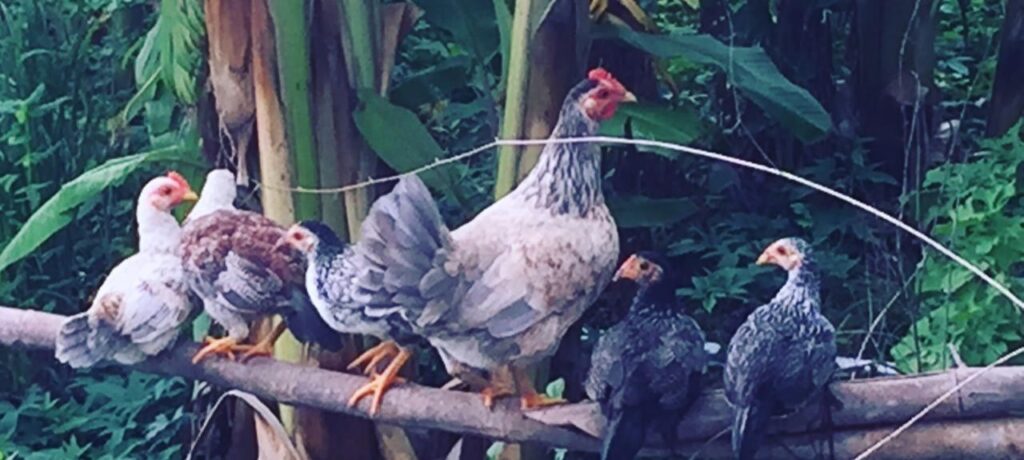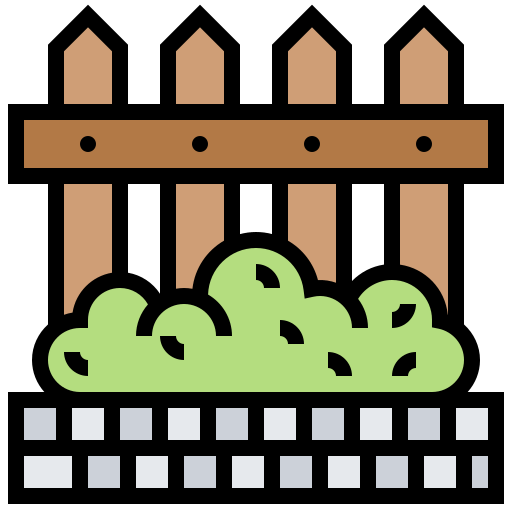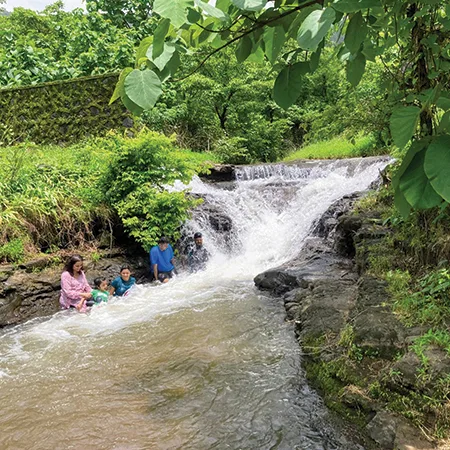Akin to a natural forest, which is a self-sustaining ecosystem, a food forest in its mature stage doesn’t require human intervention for watering, maintenance or sustenance, and can function on its own, with minimal human intervention. Mimicking the intelligent natural forest systems, a food forest has a diversity with as much as seven layers or tiers of vegetation growing together, which are groups of mutually beneficial plants and trees, growing together and supporting each other, to form a natural ecosystem, enriching the soil, encouraging soil biodiversity, storing water, and thereby increasing the water table, and offering food abundance!
The seven layers comprise tall or canopy trees, low trees or sub-canopy trees, shrubs, herbs, ground cover layer, vine layer and root vegetables.
The Natutarian food forest, that has been designed using Permaculture Food Forest principles, is a great mix of intelligent design that exists in nature, and mimics nature instead of working against it. The use of alternative tools, the methodology of permaculture, natural farming, and appropriate technologies aims to bring self-sustenance and abundance to the place, that may seem incredible, but is achievable and true!
At the growing Natutarian food forest, one can witness a diversity of vegetation some of which include trees like Coconut, Mango, Cashew, Almond, Areca Palm, Guava, Mulberry, Bamboo, Teak, Banyan, Tamarind, Gulmohar, Jackfruit, and Peepal. The shrubs include Temple tree (Champa), Golden Champa, Royal Palm, Curry Leaf, Asoka, Flame of The Forest (Palash), Banana, Papaya, Drumstick, Lemon, Holy Basil (Tulsi), Jasmine, Golden Berry, and Rose. Creepers include Bougainvillea, Sweet Potato and Tomato vines, the Ground layer comprises Pineapple, Cucumber, Watermelon, Okra, Eggplant, Marigold, Coriander, Fenugreek, Spinach, and Chilli, and the root vegetables are Garlic and Potato.


























